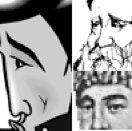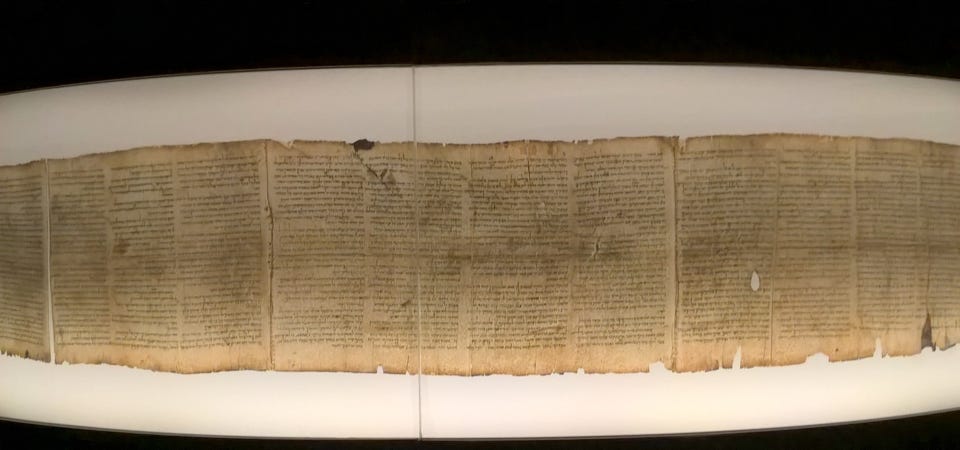
RASHI, RAMBAM and RAMALAMADINGDONG
A Quizbook of Jewish Trivia Facts & Fun

A Quizbook of Jewish Trivia Facts & Fun
Researchers at the Israel Antiquities Authority announced that additional Dead Sea Scrolls have been found and studied, including texts from the Books of Zechariah and Nahum. The Dead Sea Scrolls are a collection of ancient manuscripts (including every book of the Hebrew Bible except for Esther) found in the Qumran Caves of the Judaean desert. The scrolls generally date to the third century BCE through the first century of the common era, and are among the oldest copies of most of the Hebrew Biblical texts. The original discoveries of the Dead Sea Scrolls took place in 1946 and 1947 when young Bedouin shepherds stumbled upon the caves and large clay jars which contained many of the leather and papyrus scrolls and fragments. The Bedouins who found the original scrolls sold some to local antiques dealers, and they changed hands multiple times. Meanwhile, other caves were searched by Bedouins as well as archaeologists from the American Schools of Oriental Research, yielding additional scrolls and fragments. Almost all of the Dead Sea Scrolls that have been found to date are housed in the Shrine of the Book at the Israel Museum in Jerusalem. How did Israel obtain a number of the Dead Sea Scrolls?
dead-sea-scroll-israeli-museum-jerusalem- by Larry Koester is licensed under CC BY 2.0
A. Researchers from the American Schools of Oriental Research sold the scrolls and fragments which they had discovered to the Israel Antiquities Authority in 1959. The IAA then began initial research into the authenticity of the scrolls, before passing them on to the Israel Museum which constructed the Shrine of the Book in 1965.
B. A few of the scrolls were in the The National Museum of Damascus, having been obtained from one of the antiques dealers to whom the Bedouins had sold some of their finds. In 1962, Israeli spy Elie Cohen was working undercover in Syria, and one of his accomplishments was to provide information to the Mossad about the location of the scrolls. The Mossad then arranged for some of their operatives to steal the scrolls and bring them to Israel.
C. A number of the scrolls were in the possession of Jordanian authorities who had obtained them from antiques dealers in Syria and Lebanon. After the Six Day War, Israel gained control over all of Jerusalem, including the Jordanian Department of Antiquities. After negotiations, the Jordanians agreed to turn over to Israel their Dead Sea Scrolls while maintaining possession and authority over other antiquities that were housed in the Dome of the Rock on the Temple Mount.
D. Many of the scrolls were discovered by Professor Yigael Yadin, an archaeologist and researcher who led an excavation of some of the Qumran Caves beginning in 1951, shortly after Israel’s War of Independence gave Israel possession of the Judaean Desert territory where the caves are located.
E. Professor Yigael Yadin purchased four of the scrolls when they were offered in a Wall Street Journal classified ad under the category “Miscellaneous Items for Sale.”
✡ ✡ ✡ ✡ ✡ ✡ ✡ ✡ ✡

© 2024 MMJZ Services, Inc.